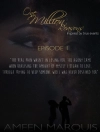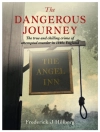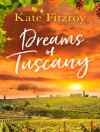Unique Elements
- About the Author
- Historical Context
Jane Austen’s WITTY SATIRE of Gothic novels at the turn of the 19th century.
NORTHANGER ABBEY, written by BRITISH author JANE AUSTEN, is a coming-of-age novel with a satirical turn first published in 1817, posthumously, in the UNITED KINGDOM.
An all-time classic novel, the first completed by the pen of beloved authoress, .Jane Austen, follows the journey of Catherine Morland, as she navigates her way through genteel society of Bath, England, her suitors and marital prospects, her social connections and how she will find her place amongst the landed gentry.
Sneak Peak‘Such was Catherine Morland at ten. At fifteen, appearances were mending; she began to curl her hair and long for balls; her complexion improved, her features were softened by plumpness and colour, her eyes gained more animation, and her figure more consequence. Her love of dirt gave way to an inclination for finery, and she grew clean as she grew smart; she had now the pleasure of sometimes hearing her father and mother remark on her personal improvement. ‘Catherine grows quite a good-looking girl-she is almost pretty today, ‘ were words which caught her ears now and then; and how welcome were the sounds! To look almost pretty is an acquisition of higher delight to a girl who has been looking plain the first fifteen years of her life than a beauty from her cradle can ever receive.’
SynopsisThe story of Catherine Morland, a naive young girl whose understanding of the world has been distorted by her fondness for Gothic novels and an overactive imagination. When Catherine is invited to Northanger Abbey, ancestral seat of her suitor, Henry Tilney, she finds herself embroiled in misunderstandings, until common sense and humor-and a clarification of Catherine’s financial status-puts all to right, providing a satirical look at the financial aspects of marriage among the English landed gentry at the turn of the 19th century.
Title Details- 1803
- Coming-of-age novel
关于作者
Jane Austen (1775 – 1817) was an English novelist known primarily for her six major novels, which implicitly interpret, critique, and comment upon the British landed gentry at the end of the 18th century.












